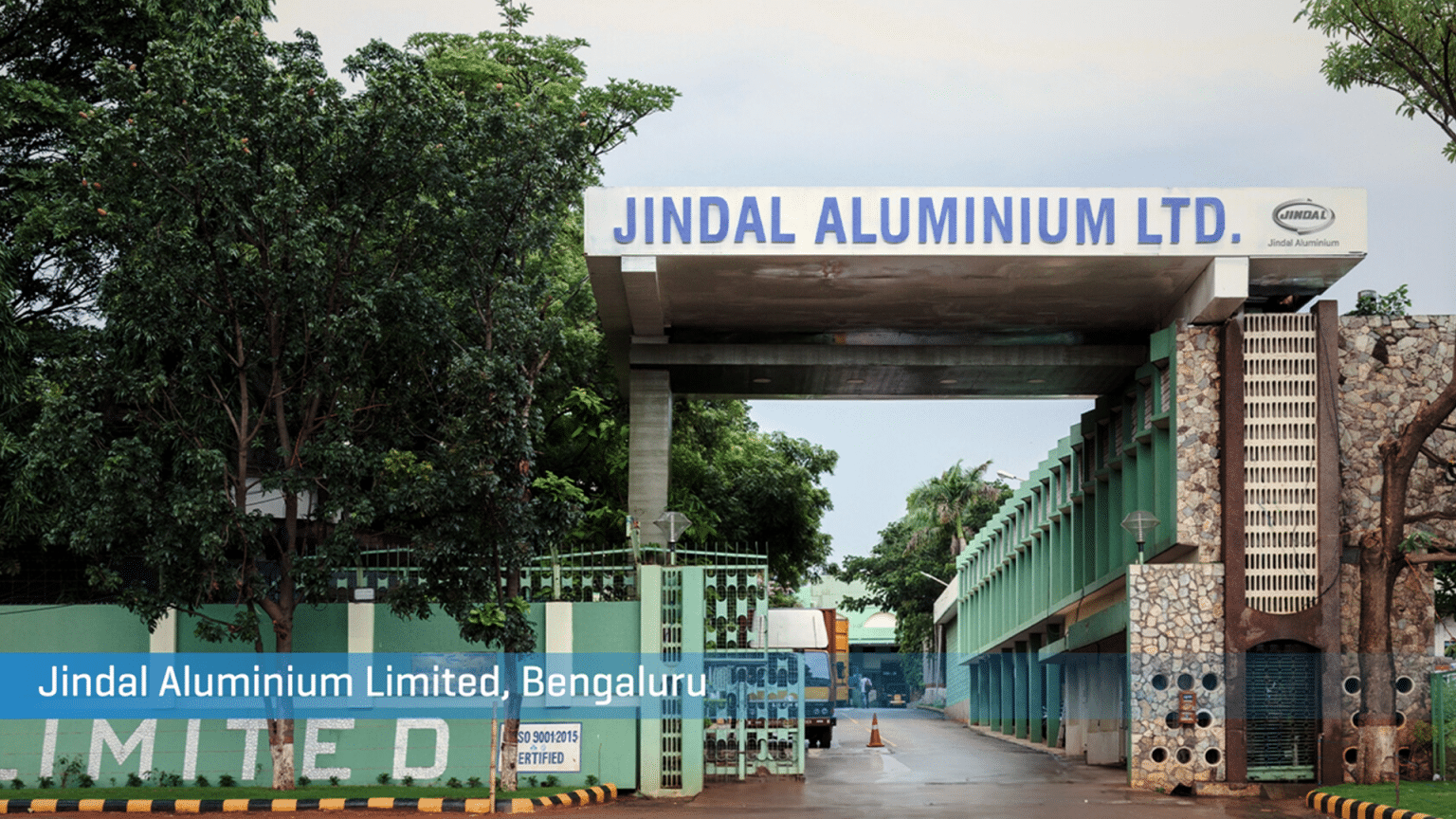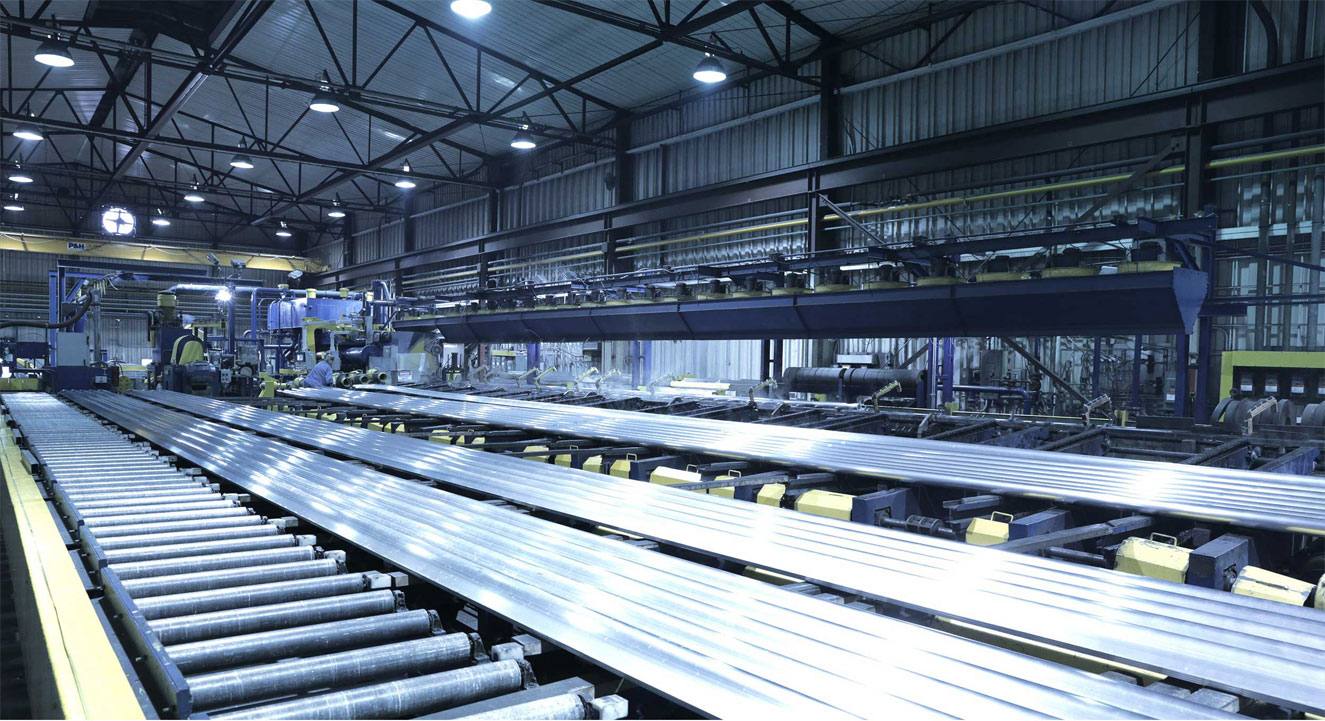Macro-Economics of a Circular Economy Through Aluminium By Pragun Jindal Khaitan
Published by : The Hindu Business Line
This metal is crucial for the Indian economy to achieve its sustainable development goals in the coming years
The Indian economy is the world’s third-largest economy by purchasing power parity and the sixth-largest economy by nominal GDP. It is a middle-income developing market that has successfully created a positive and regenerative value for its people, industry, and the world. Standing tall with the world community, India is committed to reducing its carbon footprint under the Paris climate agreement – a 33 to 35 per cent reduction from 2005 levels by 2030. It has already managed to reduce the emission intensity of GDP by 24 per cent by the end of 2016. Thus, India is confident in achieving the Paris agreement goals and leading others to follow.
In the post-Covid era, the importance of industrial growth in harmony with Nature has increased. People want to build a more ecologically balanced world supporting sustainable development. But, the reality is only eye-opening; according to Ellen Mc Arthur Foundation, the demand for vital raw materials like Plastic, Concrete, Aluminium, and Steel will be up to 4x, resulting in worldwide CO2 emission of 649 billion tonnes by 2100 (without any concrete climate action). However, CO2 emissions emitted during the production process can be reduced by 40% by 2050 if the business adopts a circular economy – quotes the same report. A Circular economy would essentially mean moving away from a ‘Take, Make and Dispose of’ model that has seen its time through a linear economy to the ‘7 R’s’ of Sustainability – Rethink, Refuse, Reduce, Repurpose, Reuse, Recycle, and Rot (composting food scraps).
 Maximising resource use
Maximising resource use
A circular economy’s impact is based on the broad principles of tackling waste and pollution, making sure products and materials are kept in use maintaining natural systems. Compared to a linear economy, the perspective on sustainability is different in a circular economy. In a circular economy, we need to get similar output as its linear counterpart with minimal ecological and environmental impact. However, it extends beyond recyclability, focusing on keeping products as resources at the end of their lifecycle. As consumers, we have to be mindful of what we purchase and how we dispose of waste. Since it can harm the environment, choosing the kind of consumer we want to be is essential.
The ‘7 R’s’ of sustainability applies to both saving the environment and living a zero-waste life. Each of the ‘Rs’ focuses on minimizing waste and taking steps towards sustainability by maximizing resource use. Without restoring it, we cannot keep taking ever more resources from the environment and generating more waste. As the resource flow through any economy reaches its maximum sustainable limit, one possible way to maintain long-term economic growth is by increasing resource efficiency, exploring ways to keep the added value of material, and eliminating waste as best as possible. While businesses, governments, and industries aspire to balance the Environment and Industrial Growth, there is a need for a metal that bridges these two most essential wheels of development.
Crucial Material
Aluminium is one metal that offers the benefits of a circular economy to the industry. It can be recycled multiple times without losing any mechanical, physical, or chemical properties. As per the world economic forum, 75% of the Aluminium ever produced is still in use. At the same time, according to the latest IAI (International Aluminium Institute) figures, the sector, including primary, secondary, and downstream Aluminium producers, contributes roughly 1.1 Gt CO2e or 2% of global emissions. Add to this; recycling Aluminium takes 5% of the electricity required to produce the same quantity of Virgin Aluminium. Thus, Aluminum-in-use should be an integral part of a plan to achieve the planet’s green goals and development ambitions. Almost by offering recycling rates that are already among the highest of all materials, Aluminium-in-use could help reduce CO2 emissions worldwide by up to millions of tonnes per year by 2050 if put through an organized circular economy. What also makes it crucial is that besides offering these environmental benefits, downstream Aluminium is set to drive collaborations to create new value chains, provide technical benefits and innovation in business models.
Intrinsically Sustainable
Aluminium’s low energy use and emission levels have helped it transform the world. Downstream Aluminium has efficiently enabled developments in transport: air, road, rail, and sea; food, beverage, and pharmaceutical packaging; construction; electronics; and electricity transmission. It has been made possible due to Aluminium’s solid yet lightweight properties, something other metals lack. It is why Aluminium is also called the green metal making the EV possible. Apart from being elemental in Nature, there are some unique physical properties that Aluminium offers. Compared to other metals, Aluminium alloys boast a high strength-to-weight ratio, provide superior thermal and electric conductivity, and are corrosion resistant. Aluminium’s malleability, elasticity, and surface reflectivity help manufacture a wide range of high-quality and sustainable products.
Macro-economic Goals
By applying the principles of a circular economy, businesses will generate new ideas and explore new ways of working using technology. India, a developing economy, can lead this path of innovation through the Circular Economy in industry 4.0. It can implement new approaches and develop new profit opportunities using Aluminium to boost economic growth. The Niti Ayog, too, has in its report backing the need for an Aluminium policy noted that even at low consumption levels, Aluminium contributed to 2% of Indian manufacturing GDP. It is expected to increase with the Consumption growth, critical for India’s industrial vision of achieving 25% of GDP from manufacturing over the next few years.
Achieving Results
Finally, India can provide better mobility to employment, goods, and services that affect business productivity. Through a circular economy, India has an excellent opportunity to enhance savings for the industry, witness economic growth, and do overall good to the environment and future generations. It is visible from the fact that the country’s circular economy development path could create an annual value of ₹14 lakh crore ($218 billion) by 2030 and is expected to be Rs. 40 lakh Crore ($624billion) or 30% of India’s current GDP by 2050 (as per Ellen MacArthur Foundation). Consequently, industry projections indicate that by following a circular economy, high-growth markets like India could move directly to a more effective system and avoid getting locked into linear models and infrastructure, as is the case of mature markets.
– Vice-Chairman and Managing Director at Jindal Aluminium Limited





